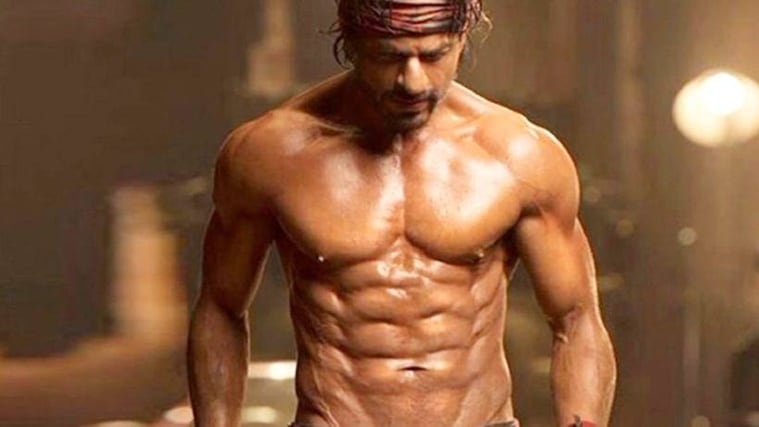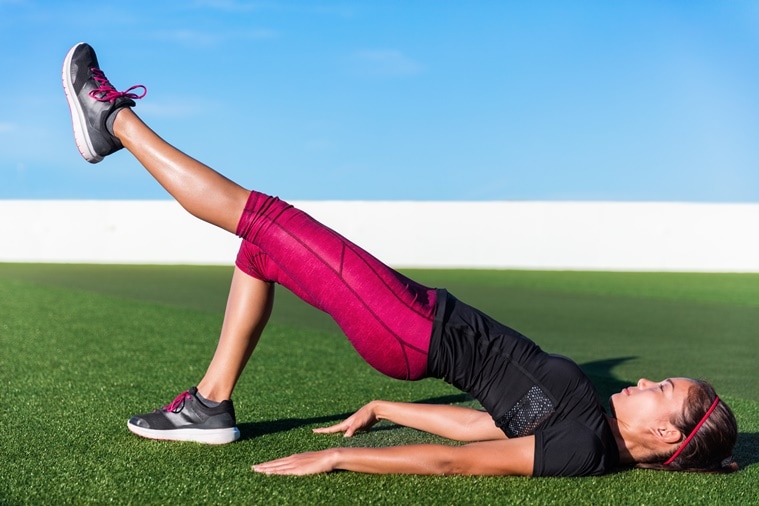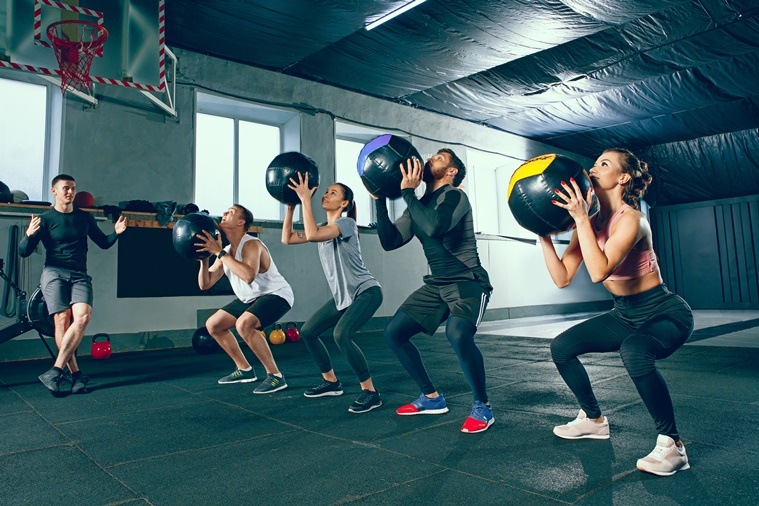Wish to stay fit? Here’s why core muscle strength matters
Fitness instructors and nutritionists often stress on the need to develop core muscles when it comes to sweating it out for good health. Ever wondered why?

Aside from sit-ups and push-ups, core exercises are often not widely understood. While many believe that building six-pack abs defines core strength, it goes beyond that. Fitness instructors point out that it is essential to keep the core muscles — the muscles around your trunk and pelvis — in better shape. Ever wondered why?
When the core muscles, a complex group, is strong, the frame of the body is well-supported such that it takes away the stress from neck and shoulders, allowing the rest of the muscles and joints to work at their optimum capacity. “You need them to even nod your head,” points out Dr Nandlal Pathak, principal physiotherapist and co-founder Synchrony Orthopedic and Sports Physiotherapy Clinic, Noida.
“Other than helping you attain a flat stomach or six/eight-pack abs, the primary function of core muscles is to provide stability to the spine. They help in stabilising your body for upper body movement and also act as a link between the lower half and upper half of the body. So, no matter what movement you do, like walking, running or lifting your arm, core muscles are essential,” he explains.

While the human body is made up of blood, bones and muscles, it is the muscles which are “probably the most important” because they hold the bones together, constitute the organs and help them function, says Dr Ismit Tyagi, head of department, physiotherapy, Columbia Asia Hospital, Gurugram. “The skeletal muscles are attached to the bones and the skin, and its contraction helps limbs and other body parts move. The muscle located in the abdomen area is our core,” explains Dr Tyagi.
ALSO READ | From Alia Bhatt to Malaika Arora: Know the fitness workout that’s fast becoming B-Town’s favourite
What are core muscles?
Made up of three sheaths of muscles in the front and the back, core muscles are divided into the upper sheath or abdominals and back extensors, side ones known as obliques, and the deeper layers known as stabilisers. “These deeper ones do most of the good work like supporting your spine, much like a corset. Some newer studies have also included glutes, pelvic floor, and diaphragm in the core muscle group,” explains Dr Pathak.
An unstable or weak core can cause back pain and specific core instability showing symptoms such as sudden jolts of back pain for no particular reason; sudden and severe back pain with noticeable difficulty while standing straight after bending forwards.
Some of the telling signs are:
- Poor posture, right from slumped shoulders to an inability to stand or sit up straight.
- Back pain, which comes from a lack of strength in the opposing abdominal muscles. Since the muscles are not able to support as much as they should have, the back overworks itself during lifting, running and other exercises.
- Overall weakness and fatigue, including shortness of breath, inability to hold in your stomach without feeling strain or pain.
Why are core exercises necessary?
As weak core muscles can lead to more fatigue, less endurance and make one prone to injuries, including core exercises in your workout mix can help you reach your fitness goals better, contends Dr Tyagi. This is applicable to not only athletes but any fitness enthusiast who wishes to become faster and stronger, adds Dr Pathak.
What core exercises should one incorporate in their fitness routine?
Any exercise that uses your abdominal and back muscles in a coordinated manner is a core exercise and can help tone your abs. Strong core muscles make most physical activities easier and are also important for athletes, such as runners.
Beginners may try some specific but easy core exercises including planks, sit-ups and those using a fitness ball. One can also use free-weights that involves maintaining a stable trunk. This exercise can train and strengthen several of your muscles, including the core muscles. A simple exercise like the bridge is another example of a classic core exercise.
How to perform the bridge exercise

- Lie on your back with knees bent. Keep your back in a neutral position and avoid tilting hips.
- Tighten your abdominal muscles; raise hips off the floor until they are aligned with your knees and shoulders.
- Hold the position for as long as you can without breaking your form.
Recently, actor Malaika Arora shared in an Instagram post about how crunches are a great way to build the core.
She mentioned, “What I love about crunches are:
1. They work on your core.
2. Along with strengthening the abs, they help in healthy digestion.
3. They strengthen your spinal muscles.
4. They are super-effective for belly fat reduction.”
Actor and fitness buff Mandira Bedi posted a photo that showed off her toned muscles.
Actor Katrina Kaif is known to do core and abs exercises that include cycling, weight training, running and planks when she goes to the gym. She also uses bosu balls, kettlebells, medicine balls, power plates, Swiss balls and TRX.
Akshay Kumar has emphasised on building core muscles by sharing his quirky workout activities on social media.
Take a look.
For advanced practitioners, a two-minute plank is recommended. If the basic plank is too easy, after a minute, add a few arm and leg lifts for the next one minute. After completing the basic plank, take up the side plank which is important for completing a full warm-up. Model and fitness aficionado Milind Soman shows us how.
“This exercise targets the lateral core stabilisers, including the obliques and transverse abdominis, and can help improve the lateral stability of the knee and hip joint as well. The bicycle crunch targets the rectus abdominis and obliques and research has found these two to be the best exercises to build strength and endurance in these muscles. The V-Sit ab exercise is another abdominal and core exercise that targets the rectus abdominis, the external obliques, and internal obliques,” says Dr Tyagi.
However, Dr Pathak warns that core muscle strengthening should be gradual. “A beginner can start with activation exercises like bracing/abdominal drawing-in maneuver and progress to ab curls and planks. Further, one should do dynamic exercises like Russian twists and exercises with a gym ball and medicine ball,” he recommends.

Some additional exercises that our experts suggest are the seated twist with a medicine ball, plank on an exercise ball, ab hold and dragon flag for advanced practitioners.
According to Dr Tyagi, other exercises such as the bird dog (10-second holds, 8 reps per side), band anti-rotation (10-second holds, 8 reps per side), dead bugs (8 reps per side, alternating sides each rep), clam shell (10-second holds, 10 reps per side) and tummy vacuums (5-second holds, 8 reps) are also helpful in strengthening your core muscles.
Source: Read Full Article


